Characteristics of coffee fruit structure map! (including anatomical drawing)

We often drink coffee, but few people have seen coffee beans, let alone coffee fruits. Some friends in the industry say that coffee is actually a kind of fruit juice, but Qianjie doesn't agree with it. Fruit juice is the juice product obtained from fruit by physical methods such as pressing, centrifugation and extraction, which generally refers to pure fruit juice or 100% fruit juice. Coffee is actually a drink made from coffee beans (seeds) that are roasted and extracted with water. It is not the juice of coffee fruit.
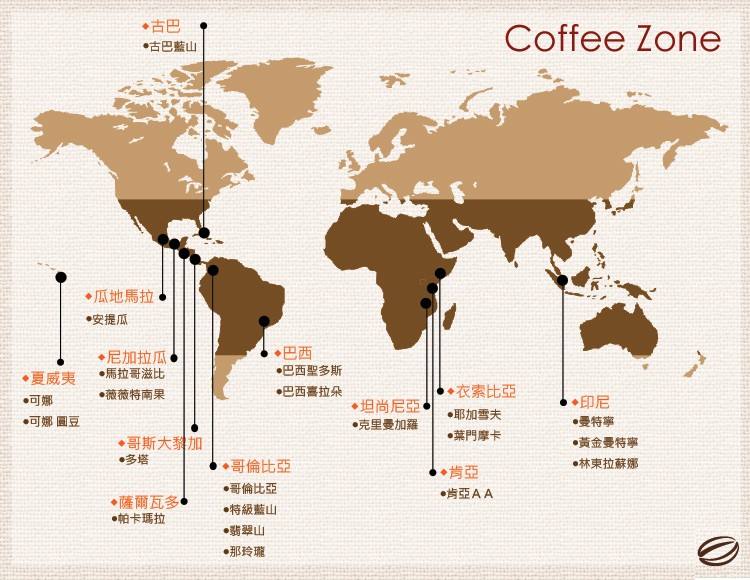
Coffee growing belt
Most of the coffee producing areas in the world are located in the tropics between the Tropic of Cancer and the Tropic of Cancer, which we call the "coffee belt" or Coffee Belt or Coffee Zone in English. As a tropical cash crop, coffee tree grows in the coffee belt with excellent climatic conditions, where the sun shines all the year round, has abundant calories and abundant Rain Water, and the annual average temperature is above 20 ℃. However, not all kinds of coffee trees can endure high temperature, humidity, and strong light. For example, some Arabica coffee trees are not resistant to high temperature and humidity, and they are often planted in areas at higher elevations. If the light is too strong, shade treatment is also needed, hence the name "rainforest coffee" and "shade coffee".
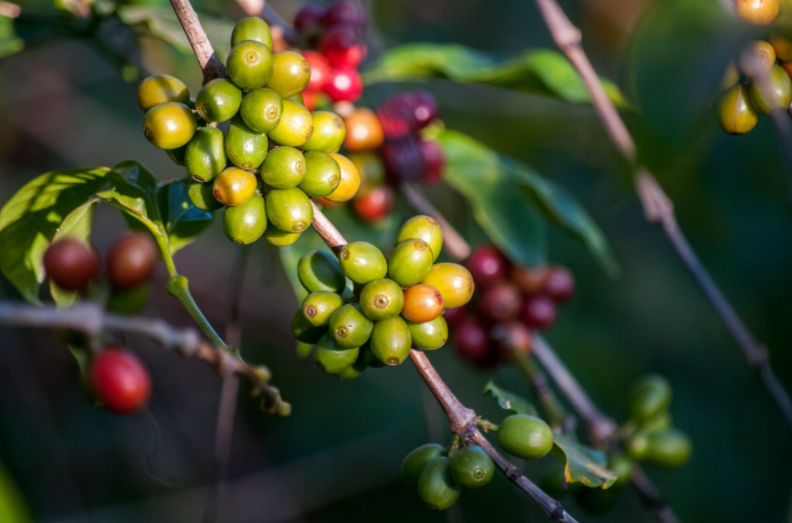
Coffee fruit
The coffee fruit is very small, like a cherry. Ripe coffee fruit is red (special varieties are not discussed), also known as coffee cherries. There are three main native species of coffee: Arabica coffee (low yield, delicate, but high quality), Robusta (most productive, easy to raise, but not good quality), and Liberia (varieties that are disappearing, not discussed).
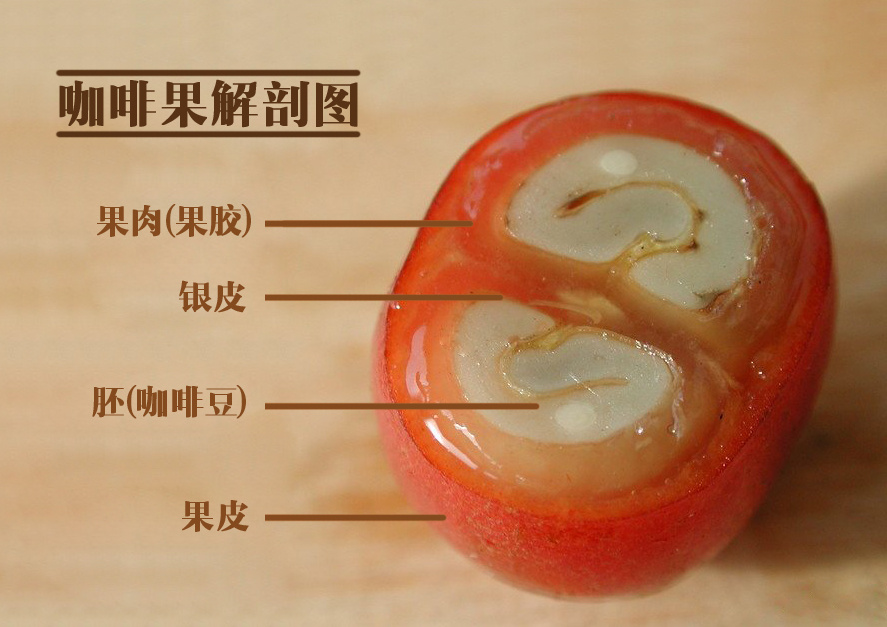
It is very hard to pick coffee fruits. Brazil is picked by machine, but most good beans need to be picked by hand, because the coffee fruit ripens at different times and needs to be picked several times.
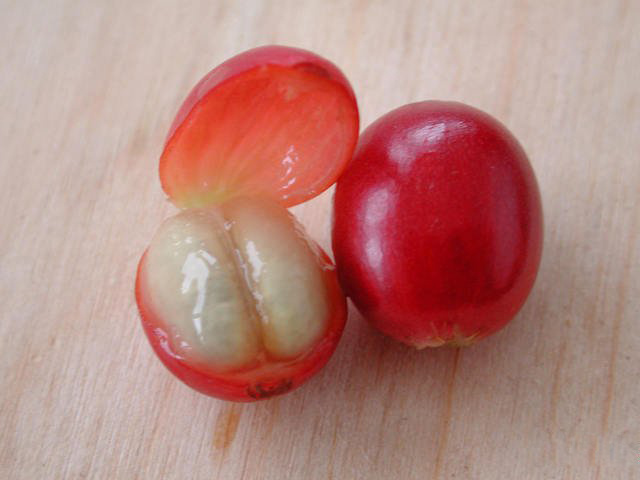
You can see clearly in the anatomical picture that the coffee bean is the middle part. The skin and flesh of the fruit should be removed during processing. Silver skin, also known as seed skin, will also fall during baking. The following are exocarp, pectin layer, endocarp.
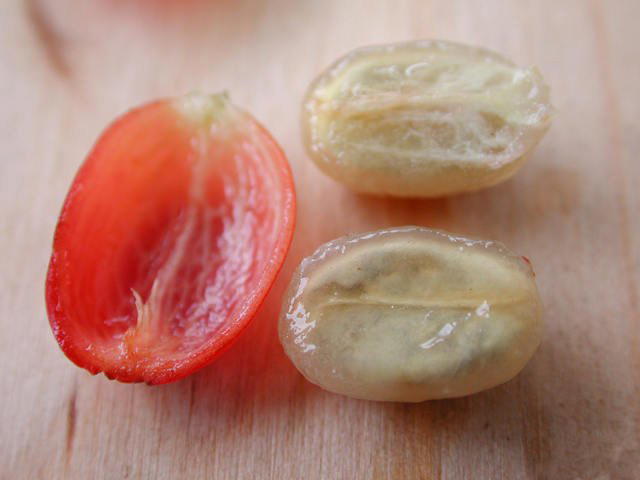
The exocarp consists of 1-2 layers of cells, and its structural characteristics are similar to those of biological epidermis, with stratum corneum and stomata. When the coffee fruit is immature, the parenchyma cells of the exocarp mostly contain chloroplasts, which will turn into colored bodies when they mature. According to different maturity, the outer skin of coffee fruit will slowly change from green to red. From a biological point of view, the pulp of coffee is part of the pericarp and develops from the ovary wall of plants. Coffee pulp contains sugar and acid, with melon-like sweetness and clear and pleasant acidity.
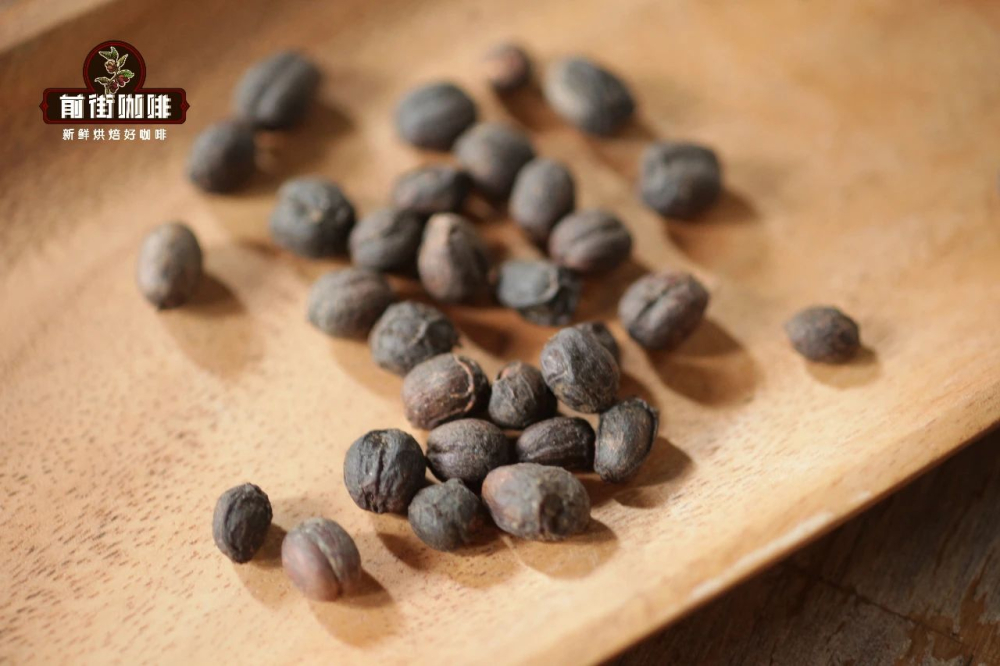
Coffee pectin layer between the pulp and endocarp (parchment) polysaccharides, feel slippery and insoluble in water. Pectin is the part with the highest sugar content in coffee fruit, and it is an important part of coffee fermentation. For example, the more pectin retained during honey treatment, the more obvious the fermented feeling and sweetness of coffee beans will be. Parchment consists of parenchyma cells that protect coffee beans. Silver skin is a thin film between parchment and coffee beans, belonging to the plasma membrane.
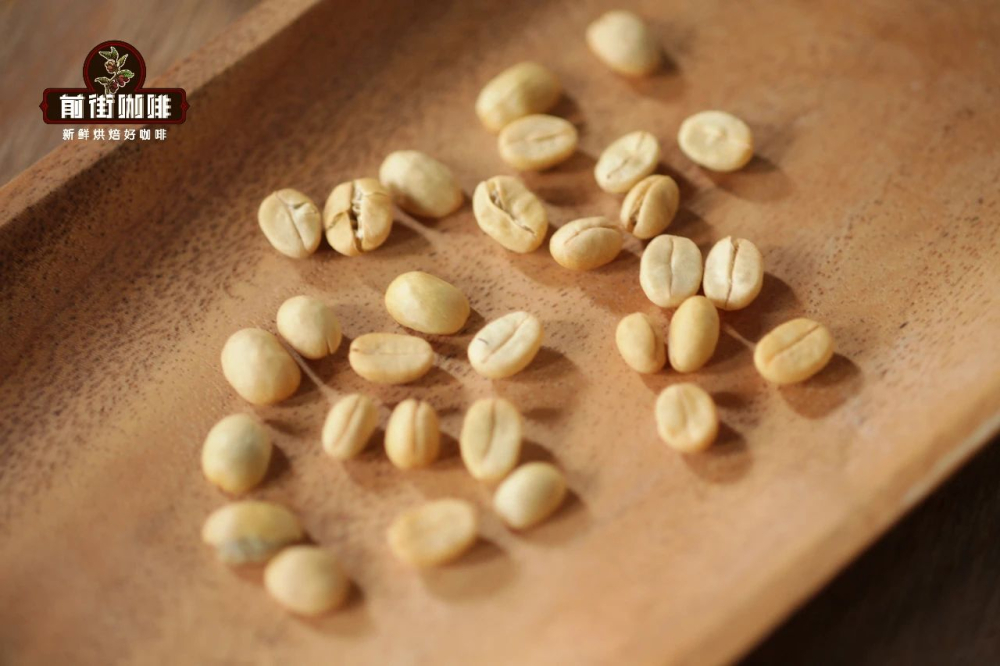
And the core is the coffee bean, which belongs to the seed of the coffee tree. Generally speaking, a coffee fruit contains two coffee beans, because the veneer is flat, so it is called flat beans / lentils. Some are in the growth process of one of the coffee beans stunted, so that the other has enough room for growth, showing an oval shape, so it will be called garden beans / beads. The crack in the middle of the coffee bean belongs to the germ part, which will develop into leaves and stems after breaking through the skin of the coffee seed.
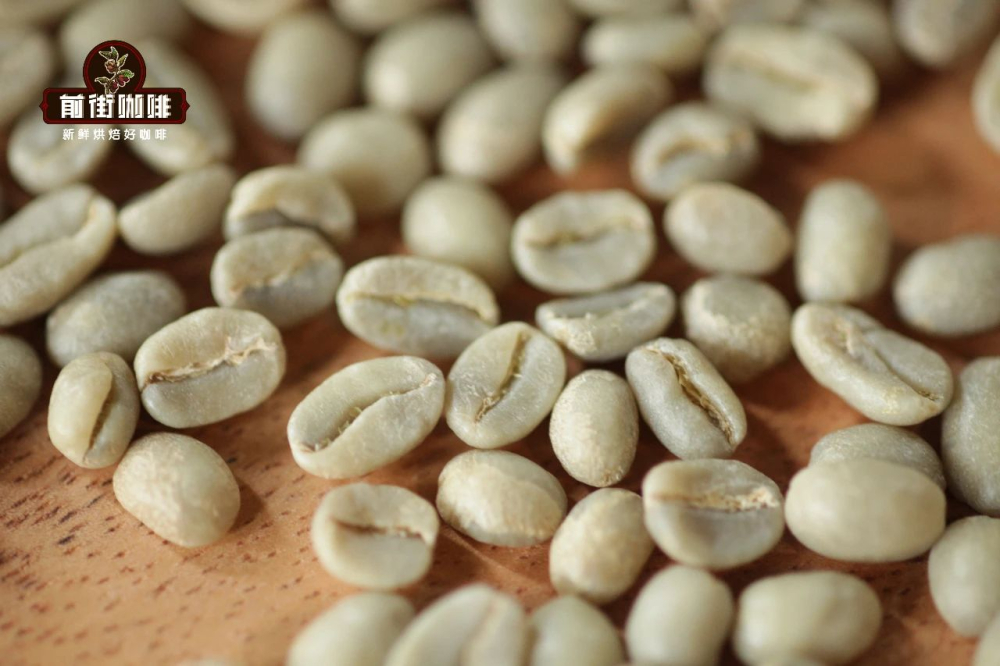
After processing and drying, the moisture content of a raw coffee bean will be less than 13%. The moisture content of coffee beans does not greatly affect the aroma and taste of coffee, but the proportion of anhydrous compounds hidden in coffee beans affects the flavor of coffee. After the coffee beans are roasted into ripe beans, many chemical changes have taken place in the beans. New substances are constantly produced, and it is at this time that the aromatic substances in coffee are produced. After the coffee fruit is picked, it is washed or dried into our common raw coffee beans. Raw beans are then baked at high temperature to become ripe beans. The cooked beans are ground into coffee powder, and the coffee powder is extracted in contact with water to become the black coffee we drink. No additives are added to the whole process!
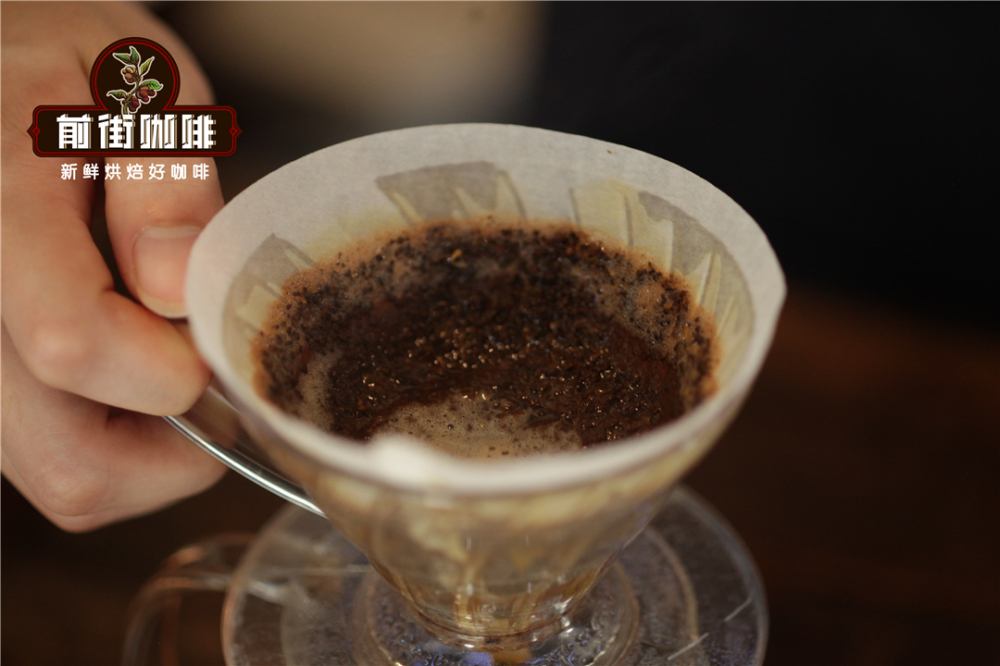
Professional coffee knowledge exchange more coffee bean information please follow the coffee workshop (Wechat official account cafe_style)
For more boutique coffee beans, please add private Qianjie coffee on Wechat. WeChat account: qjcoffeex
Important Notice :
前街咖啡 FrontStreet Coffee has moved to new addredd:
FrontStreet Coffee Address: 315,Donghua East Road,GuangZhou
Tel:020 38364473
- Prev

Make an ice latte
First, inject 200 milliliters of cold milk into the upper seat of the bubble pot. Second, start the cold milk button on the operation panel of the milk bubble pot, and the paddle wheel on the upper seat of the milk bubble pot begins to rotate to make milk foam, but it will not heat the milk. Put ice cubes in the glass and set aside. Use Delon ec410 to make 1 ounce (30 ml) of espresso 5. When the milk bubble pot has finished foaming cold milk, it will automatically
- Next

The method of making Italian espresso
Italian espresso (Espresso) is a small cup of coffee that uses excellent coffee beans to add hot water and uses steam pressure to instantly extract the coffee liquid. The production parameters are as follows: coffee ratio 6.51.5g water temperature 905 ℃ water pressure 9 2 bar time 305 seconds coffee making method: put 7 grams of coffee powder (the standard amount of powder for a cup of coffee) into the boiling wrench, in the grinder
Related
- Beginners will see the "Coffee pull flower" guide!
- What is the difference between ice blog purified milk and ordinary milk coffee?
- Why is the Philippines the largest producer of crops in Liberia?
- For coffee extraction, should the fine powder be retained?
- How does extracted espresso fill pressed powder? How much strength does it take to press the powder?
- How to make jasmine cold extract coffee? Is the jasmine + latte good?
- Will this little toy really make the coffee taste better? How does Lily Drip affect coffee extraction?
- Will the action of slapping the filter cup also affect coffee extraction?
- What's the difference between powder-to-water ratio and powder-to-liquid ratio?
- What is the Ethiopian local species? What does it have to do with Heirloom native species?

